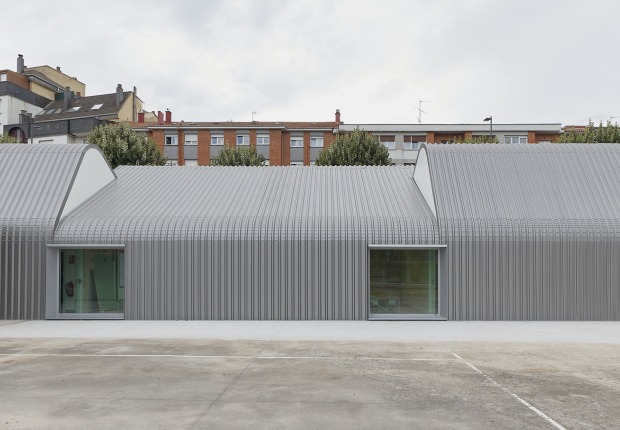An open invitation by Design Trust for Public Space, in three languages, English, Spanish and Chinese, so that government agencies, nonprofit organizations, community groups, and individuals in NYC's five neighborhoods propose research projects, design and planning, aimed at unlocking the potential of shared spaces NYC
In today’s political climate, we must affirm and ensure that New York City’s public realm provides places of refuge and play, congregation and demonstration, and dialogue and exchange. Keeping these spaces thoroughly public poses challenges and opportunities at every turn—be that site selection, funding, design, governance, or operations. The Design Trust for Public Space—the nonprofit that jumpstarted the High Line, pioneered a model Community Design School in Queens, helped bring about New York’s first custom-built Taxi of Tomorrow, and developed the sustainability guidelines that paved the way for PlaNYC—is dedicated to catalyzing public space to better serve people, and create a vibrant and sustainable city.
Project selection is a two-step process, beginning with a short online expression of interest due June 6, 2017, and full proposals due June 20, 2017. See the application guidelines for further information.
Further details and application guidelines can be found clicking here.
The Design Trust encourages entrants to consider the following questions,
- How can we design with and for all people, regardless of age, ability/disability, gender, race, ethnicity, socioeconomic status, language, sexuality, and geographic location?
- How can we ensure that all who use public space—especially those who lack access to other places of rest, recreation, and connection—have substantial roles in decision- making and clear, readily accessible paths to civic participation?
- How can public space and related processes adapt as needs and communities change?
- How do we alter our perception of collective responsibility and broaden our understanding of the term ‘resource’ to explore new models for partnership, stewardship, governance, management, and maintenance of public space?
- How can atypical shared spaces (i.e. privately owned, virtual, or unused space) be claimed and developed as community assets?
- How do we meaningfully and realistically evaluate public space performance?


























